A Quest To Transform My Game In 2017: Part 2 - The First Lesson
Having my swing analysed at my first golf lesson was a nervous moment, but I’ve come away with some clear pointers
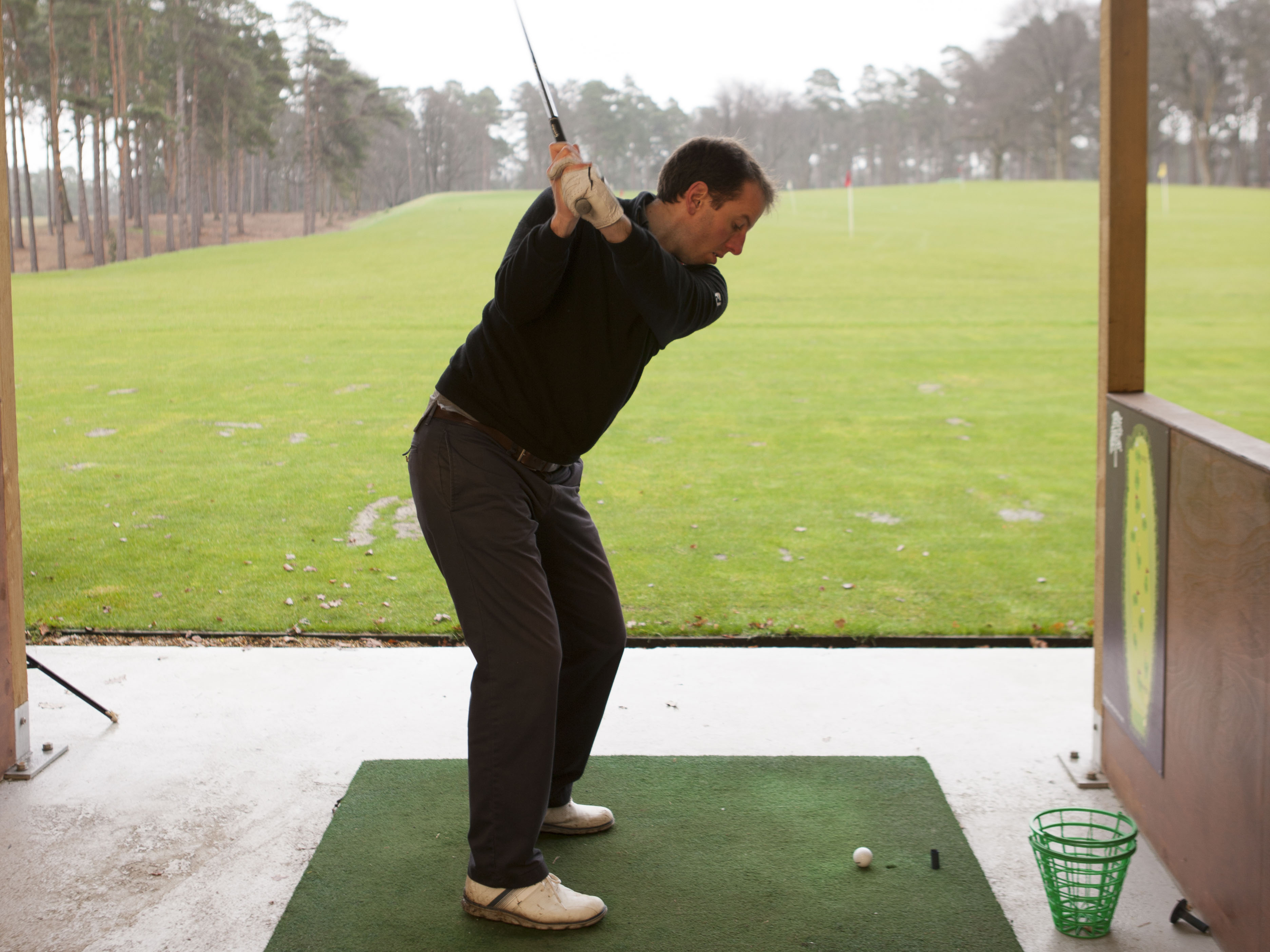

Having my swing analysed at my first lesson was a nervous moment, but I’ve come away from the initial assessment with some clear pointers and things to work on
I’ve had experience of lessons before but it was still quite a nerve-racking moment meeting the pro for the first time. You want to show your game, however limited, in its best light. With someone in close quarters scrutinising your every move it ramps up the pressure somewhat, similar to a particularly crowded first tee!
However, North Hants head pro George Porter made the whole process very painless. He stood back and let me hit a few balls so I felt warmed up and ready to go. He then observed my swing and made a few initial suggestions based on the ball flights I was hitting – a couple of things to go away and work on before the real work began.
My plan is to see George for 15-20 hours over the course of the season. I realise this may not be the typical scenario as not everyone has the luxury of time that I’ve been given. Lessons can be expensive and you want to cram in as much as possible into the time you have with a pro. This initial meeting did however confirm the benefits of a series of lessons over a longer period. The aim is to incorporate a sprinkling of swing mechanics relative to my ball flights with the majority of the lessons focusing on playing the course.
George’s Initial Assessment
I was pleased to hear George say that he doesn’t believe in re-building a golf swing, but instead influencing change to deliver more consistent, solid strikes. One of my biggest fears about the project was that I would be going back to complete basics - at 38 I'm not up for starting again!
Get the Golf Monthly Newsletter
Subscribe to the Golf Monthly newsletter to stay up to date with all the latest tour news, equipment news, reviews, head-to-heads and buyer’s guides from our team of experienced experts.
In terms of my swing his assessment is as follows:
“We have a golf swing that is termed ‘in-to-out’ in relation to the target or swinging to the right of target. Running in tandem with this is a clubface working from shut (lack of loft) to open (adding loft) while moving on the swing arc. This produces a shallow often 'sweepy' impact and the ball flight misses we primarily see are fat/thin or low shallows (a low flight with no divot).”
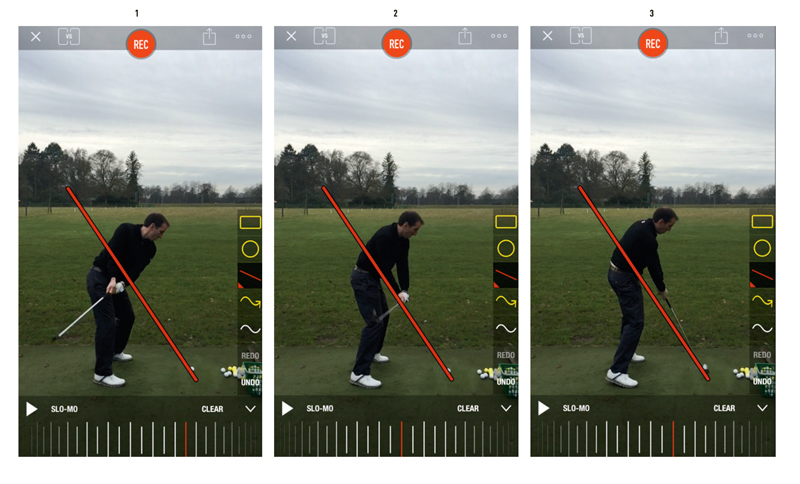
These images were taken from my initial swing and as you can see in image 1, the clubhead and shaft have moved some way to the inside behind me under the red shaft-line and the clubface is shut. Image 2 shows the club approaching the ball with the clubface opening still beneath the red shaft-line. The final image shows my arms and club about to run off my body to the right of target.
“The impact conditions associated with the ‘in-to-out’ nature of the swing live in the ‘shallow’ camp,” George continues. “This often sees the bottom of the swing occur prematurely taking a divot prior to striking the ball or a very 'sweepy' pass with no divot. Shots can flip flop: the clubhead bounces into the ground one minute hitting a fat. The next the clubhead doesn't land at all and the leading edge runs up at the ball striking on the equator or just above causing thins or low shallows respectively.
“To summarise, we will work on the first half of the swing - address and backswing. We will adjust the grip to improve the clubface and balance in the weight of the club during the swing. We will also give the backswing a feeling of more "up" in the clubhead and arms. This will lead to better and more consistent strikes due to a change in the angle the club approaches the ball on."
The hard work begins
How often have you heard someone say they’ve had a lesson and things have gone backwards so they’ve gone back to their old way of doing things? The old saying that “you need to get worse before you can get better” is a complete fallacy in George’s opinion.
To prevent this happening he broke down the changes I need to make into a simple menu, which should hopefully see some immediate progress:
Starter: An improved grip or hold of the club will improve clubface and support the balance of the club's weight during the swing. Shorten the left thumb and feel more of a finger hold in both hands instead of a "grab" palm hold.
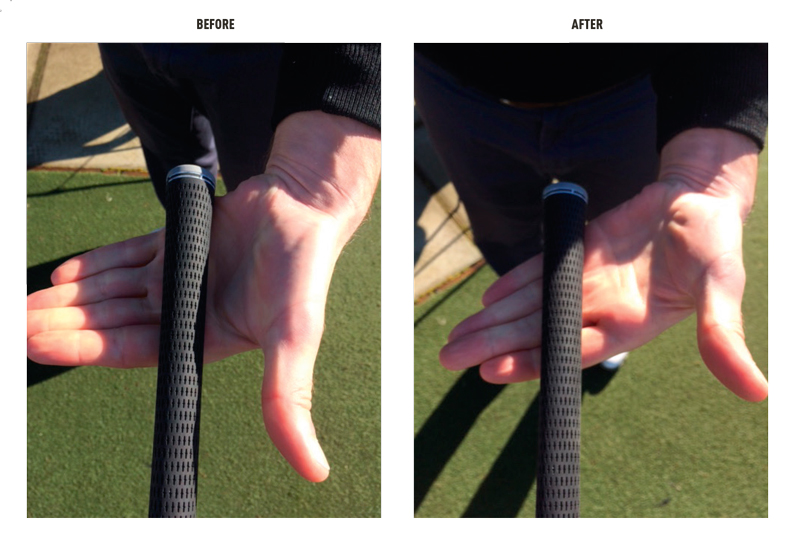
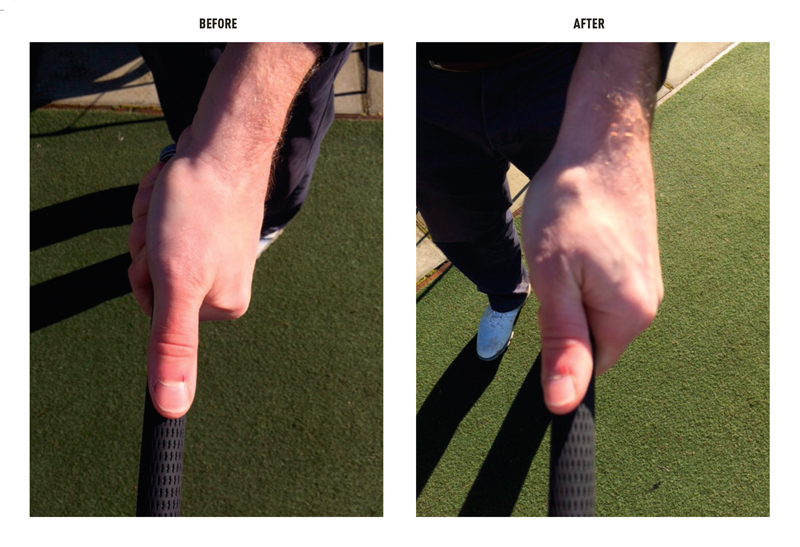
Main: Give the backswing more "up" by simply allowing your arms and club head to feel “higher” and gently stretched away from your shoulders when at the top of the backswing. The swing is encouraged to be more upright in nature.
Dessert: To come.
Drills: To help the grip and clubface feel: hold the club with the shaft horizontal to the ground and swing as if it’s baseball – hit a home run! This will mainly help with the clubface changes (more open going back to FEELING closed coming down) and a sense of supporting the balance of the club's weight. It will also generate some whip which in turn generates speed and “gets it out there!”
To facilitate the backswing feeling more "up" allow the arms to feel more vertical on their journey to completing the backswing.
This gave me plenty of food for thought going into the spring. I now plan to go away and practise these things before meeting up again with George. I also have a club fitting with TaylorMade on the horizon so I’ll no longer be able to use my equipment as an excuse!
David joined Golf Monthly in 2015 as a content editor for the magazine and regularly contributes to the website. He has worked in magazine publishing and editing since 2003. He is a keen golfer and up until recently was a member of Blackmoor Golf Club in Hampshire. He has covered various big events and tournaments for GM, the highlight of which was witnessing Tiger Woods win his 15th Major at Augusta in 2019. Email: david.taylor@futurenet.com
-
 The Last Time Rory McIlroy Won A Major (Prior To The 2025 Masters)....
The Last Time Rory McIlroy Won A Major (Prior To The 2025 Masters)....We wind the clock back to the year 2014, when Rory McIlroy was the heir-apparent to Tiger Woods
By Michael Weston Published
-
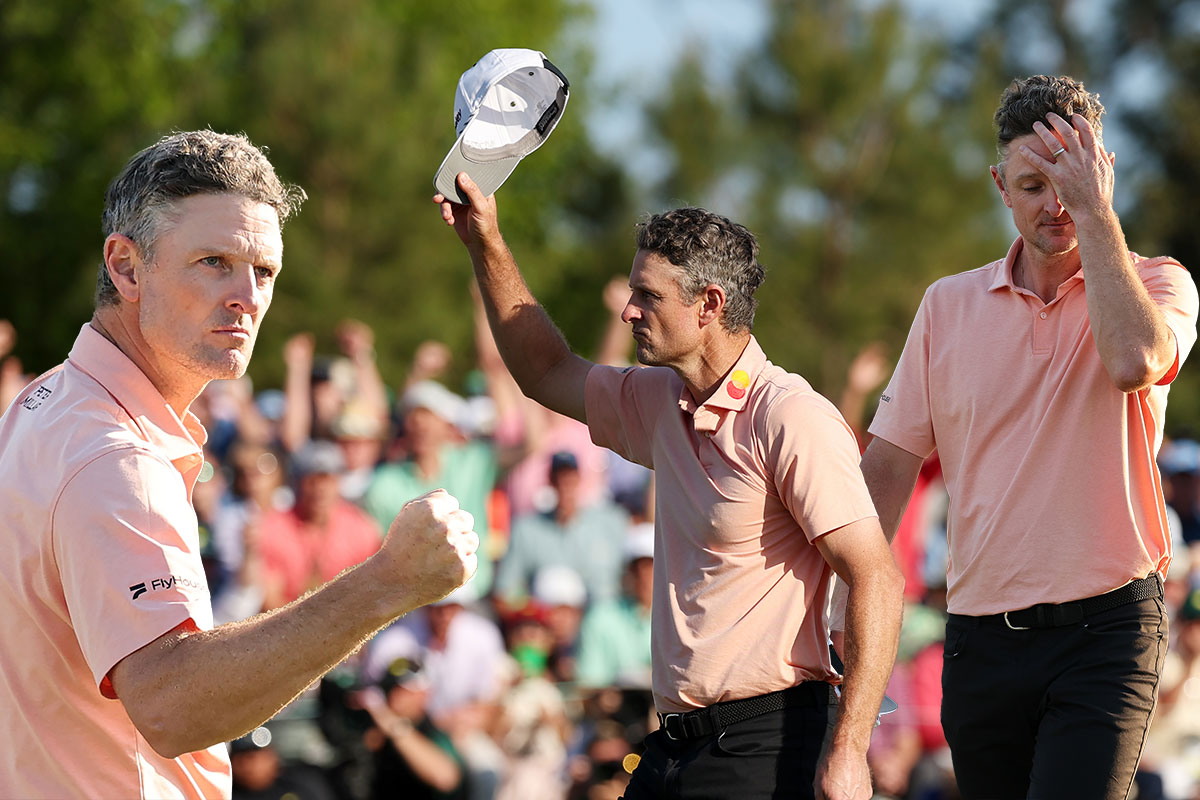 I'm Thrilled For Rory McIlroy But Gutted For Class Act Justin Rose... I'd Love Him To Win Another Major
I'm Thrilled For Rory McIlroy But Gutted For Class Act Justin Rose... I'd Love Him To Win Another MajorJustin Rose pushed Rory McIlroy all the way in The Masters, and while I am super impressed by the Career Grand Slam, part of me is hurting for the Englishman...
By Barry Plummer Published